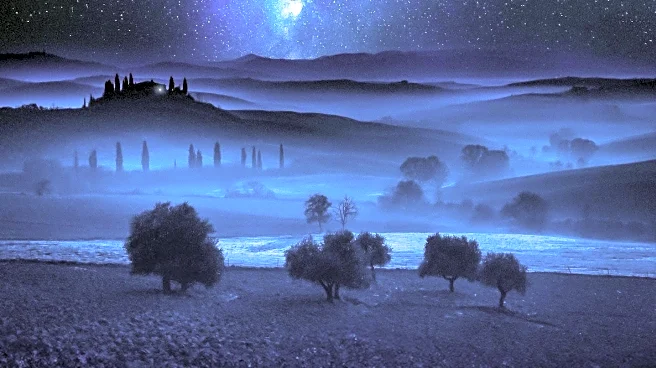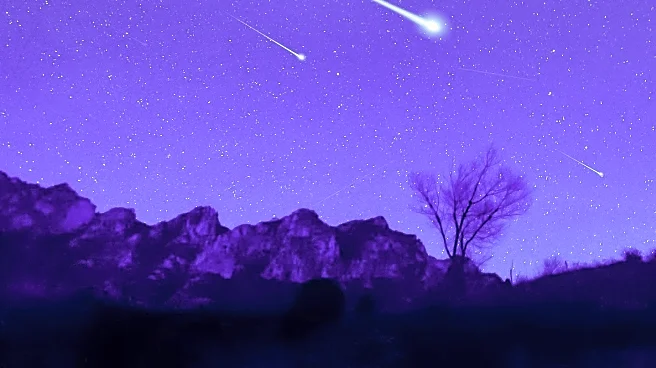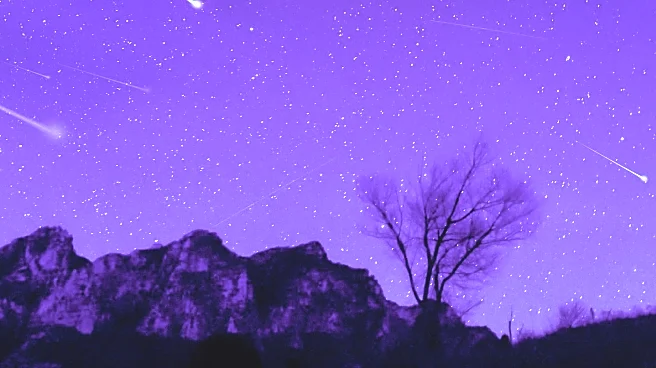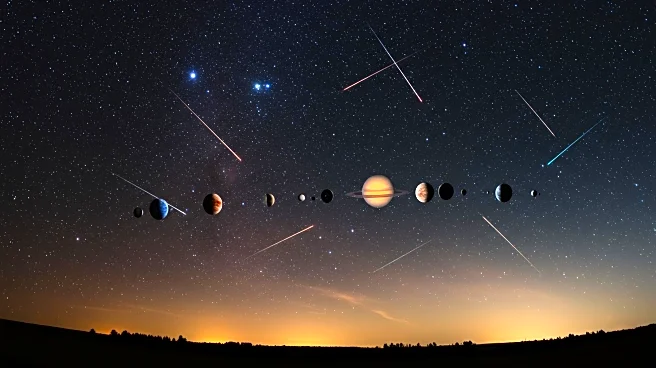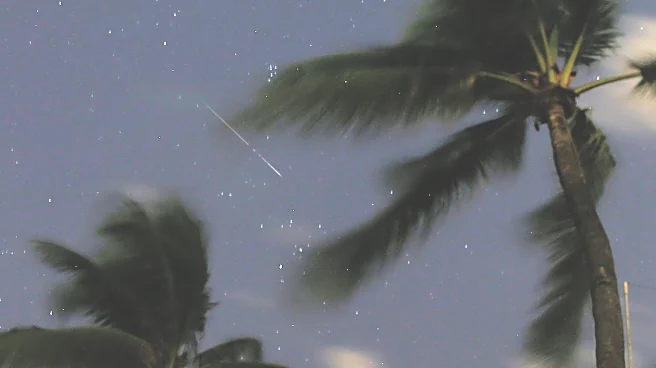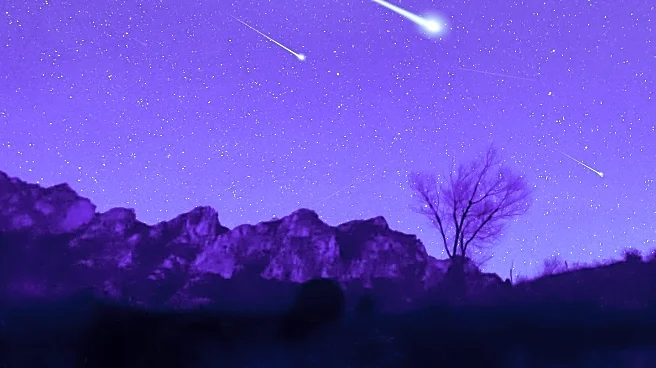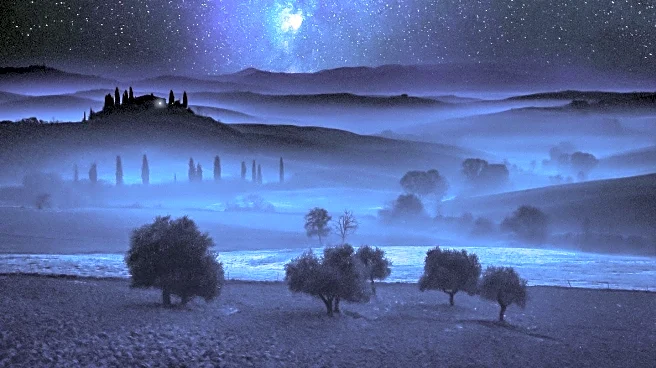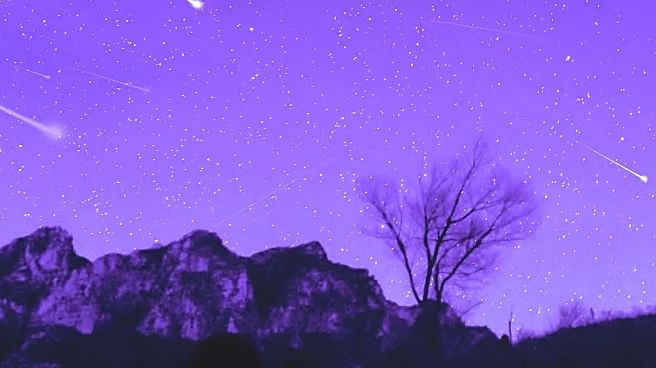Rapid Read • 7 min read
The Perseid meteor shower, a prominent annual celestial event, is set to peak on the night of August 12-13, 2025. Skywatchers can expect to see up to 100 meteors per hour under ideal conditions. However, the viewing experience may be hindered by a bright waning gibbous moon, which is 86% illuminated, potentially obscuring many of the fainter meteors. The Perseids are caused by Earth passing through debris from comet 109P/Swift-Tuttle, known for vibrant colors and frequent fireballs. Robert Lunsford from the American Meteor Society suggests that the best viewing times are between 1 a.m. and 5 a.m. local time, in dark-sky locations, with the moon at one's back.
AD
The Perseid meteor shower is a significant event for astronomy enthusiasts and contributes to public interest in celestial phenomena. Despite the moonlight interference, the shower offers a unique opportunity for educational outreach and engagement with the night sky. Observing such events can inspire interest in science and technology, potentially influencing educational paths and career choices. Additionally, the Perseids provide a chance for communities to gather in dark-sky areas, promoting awareness of light pollution and its impact on astronomical observations.
Skywatchers are advised to plan their viewing in locations with minimal light pollution and to use smartphone astronomy apps to locate the shower's radiant. As the moonlight will reduce visibility, observers should focus on the predawn hours for the best experience. The American Meteor Society encourages reporting fireballs to contribute to scientific data collection. Following the peak, meteor rates will decrease significantly, making early viewing crucial.
AD
More Stories You Might Enjoy
